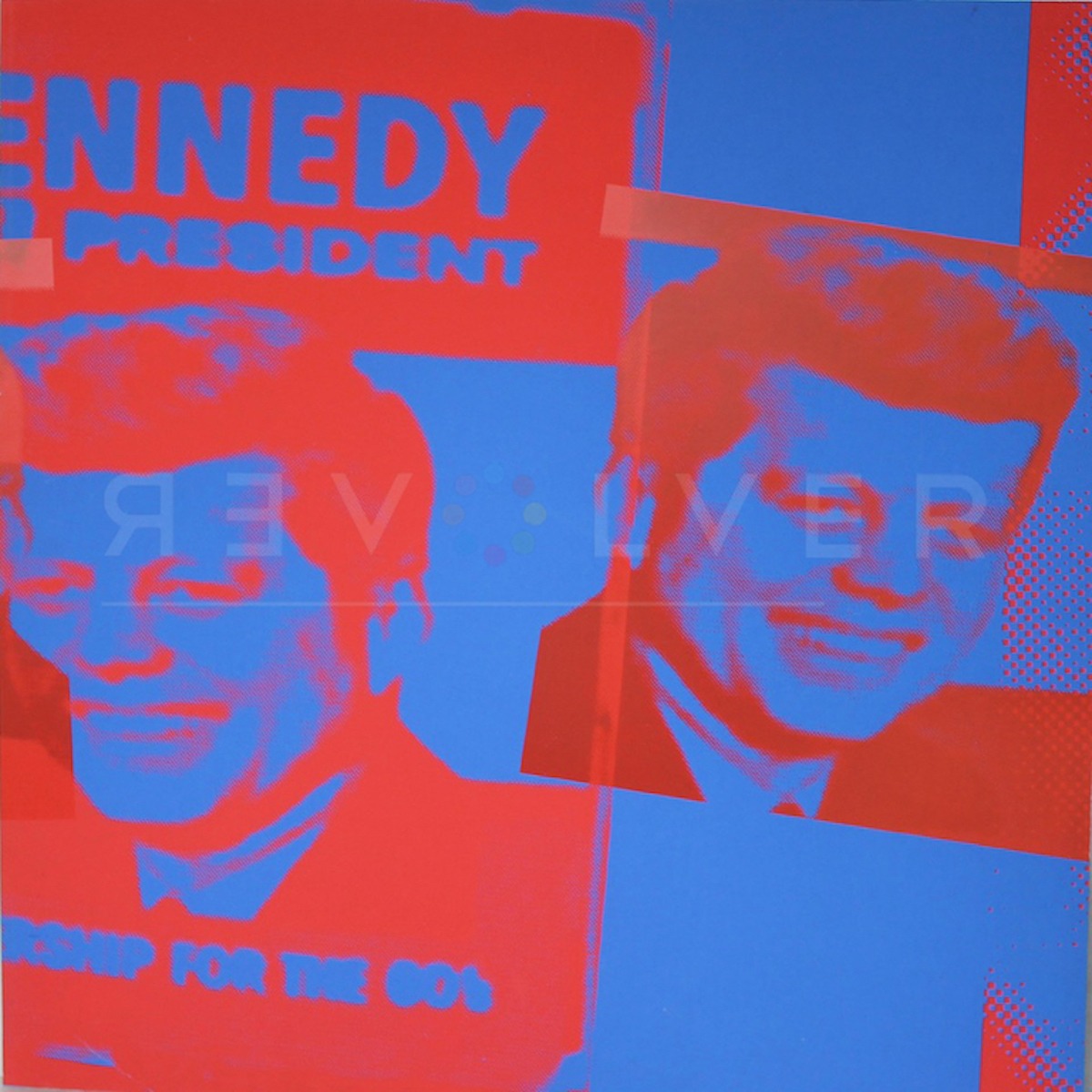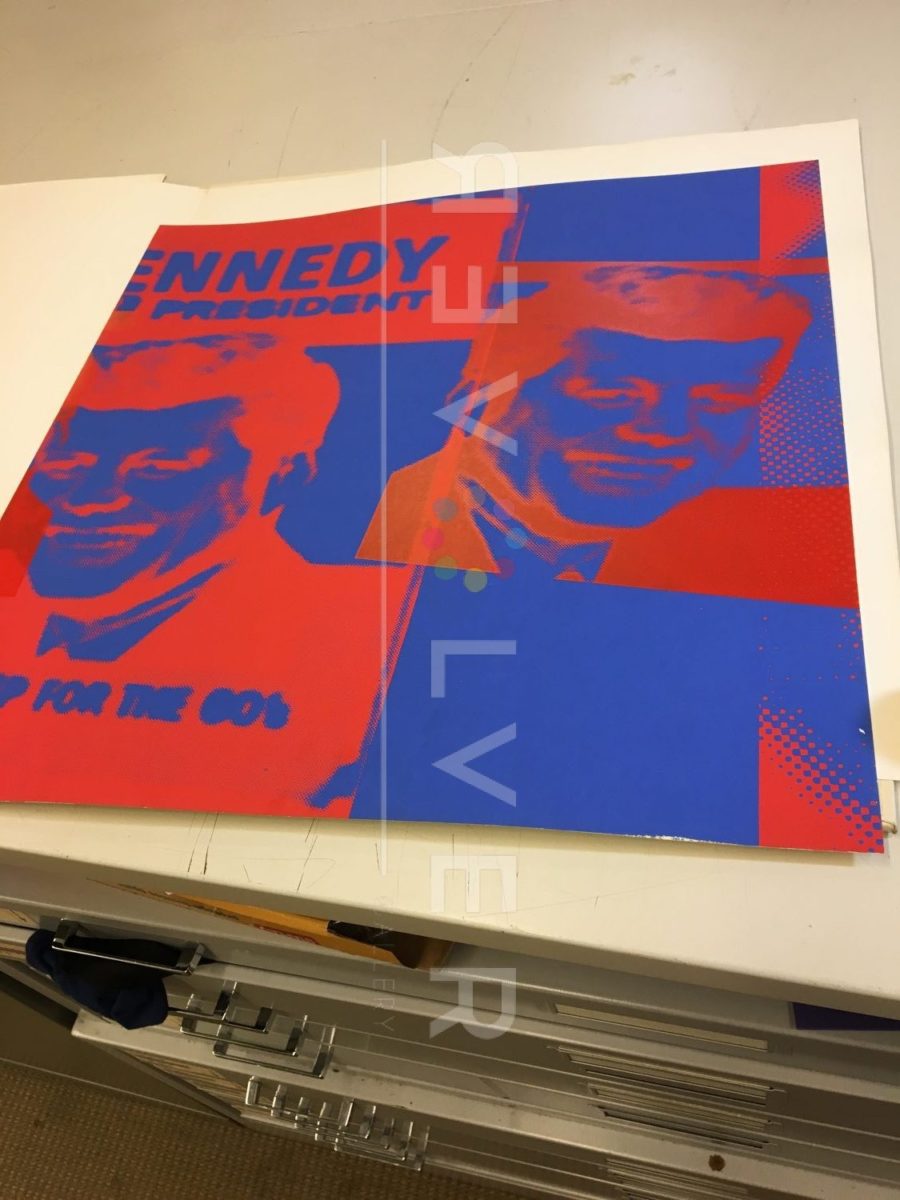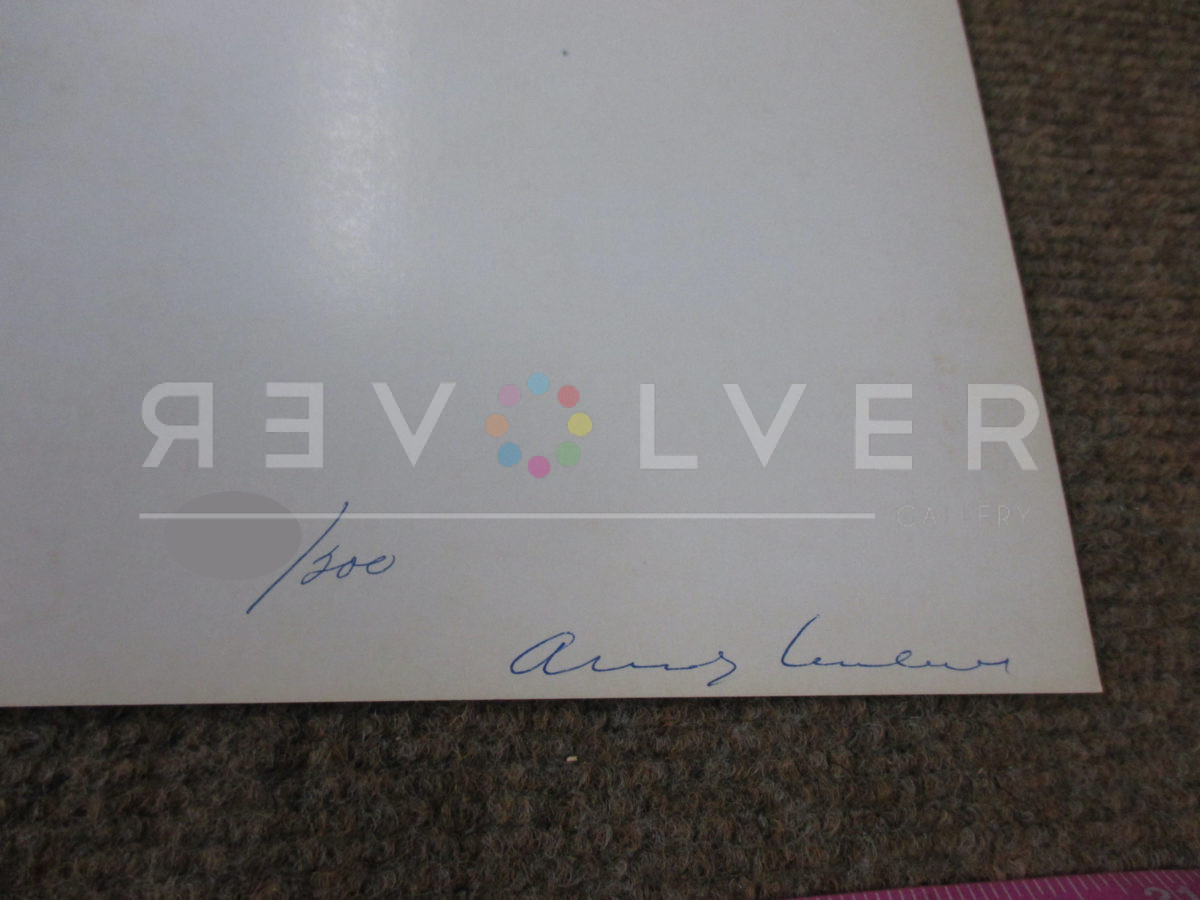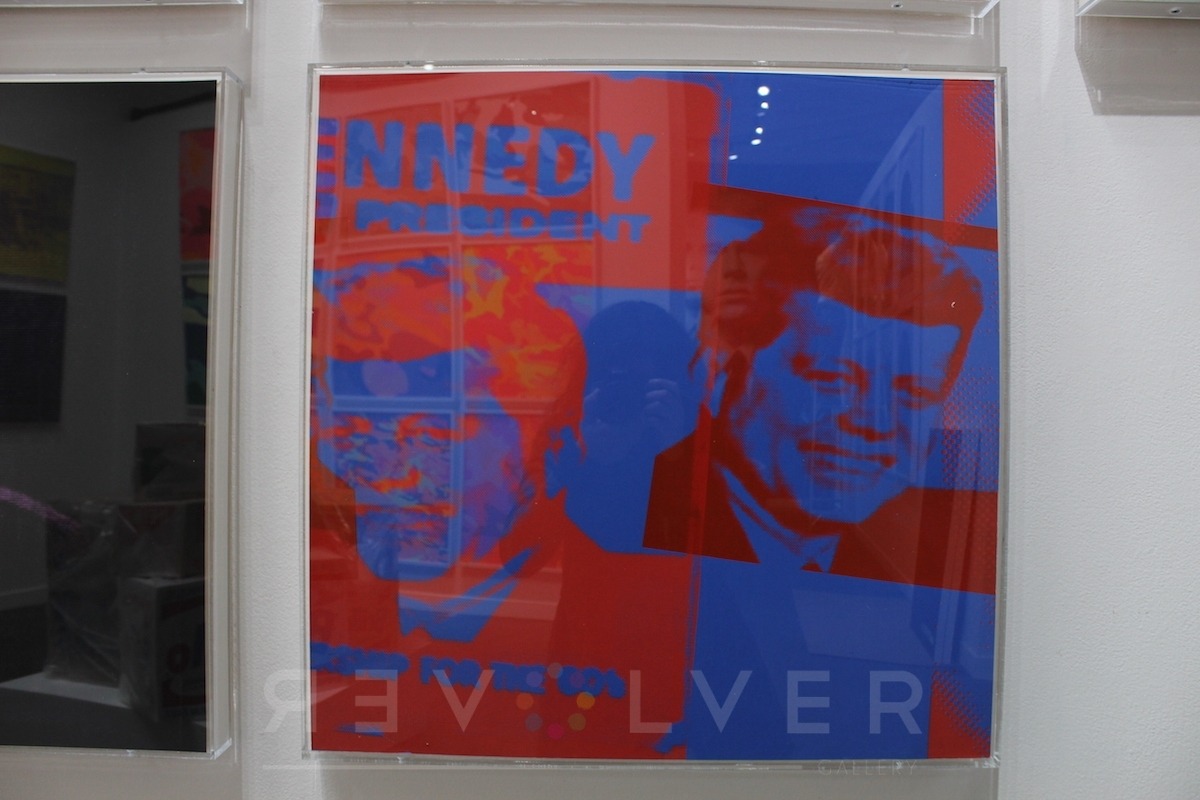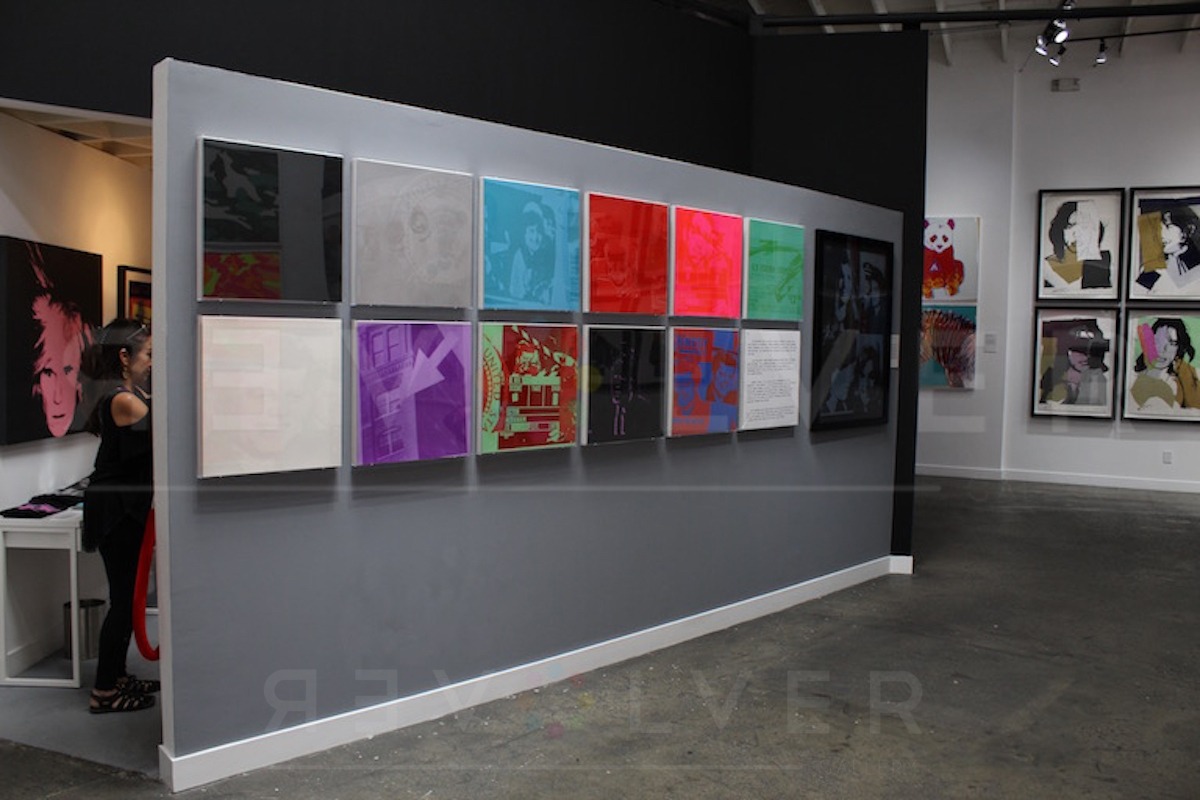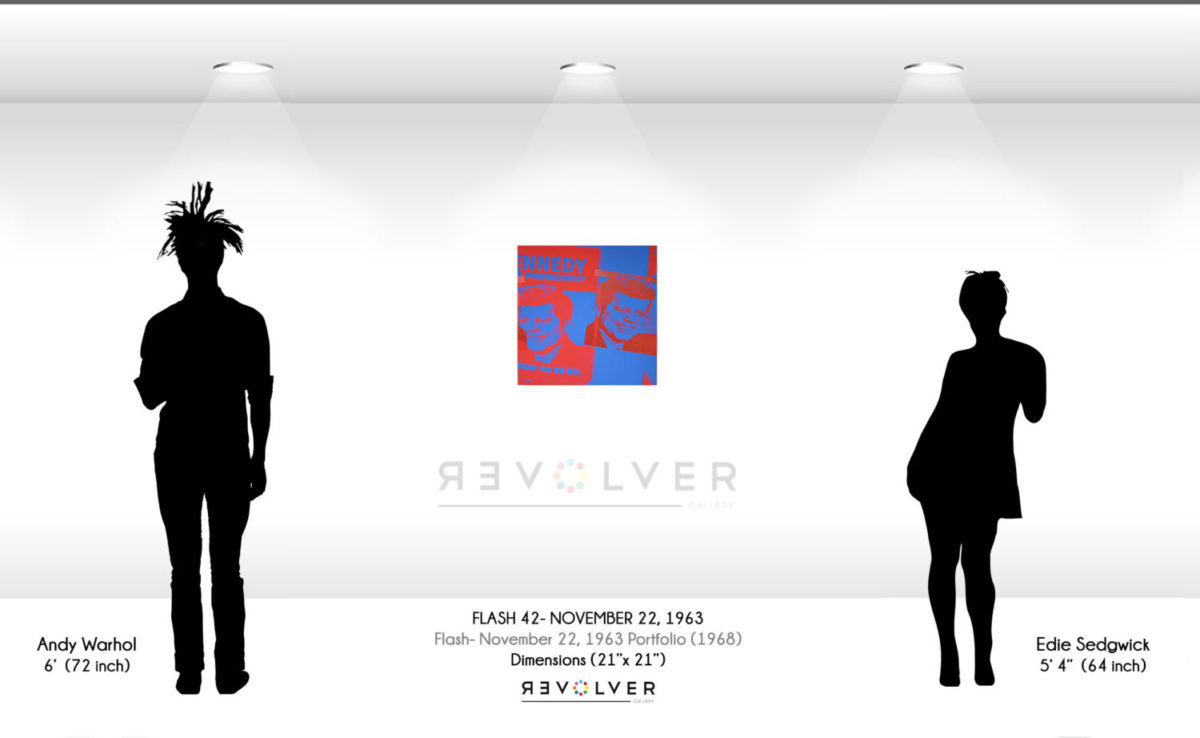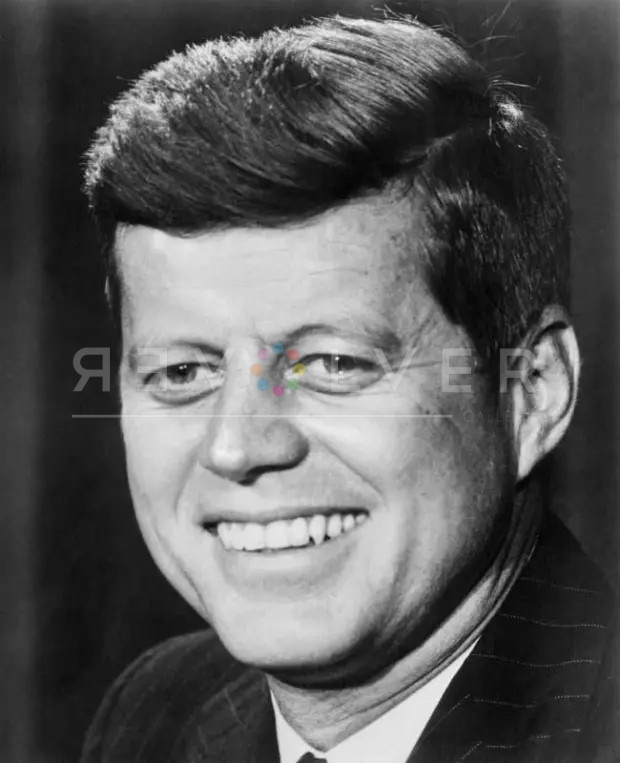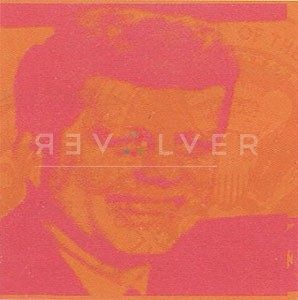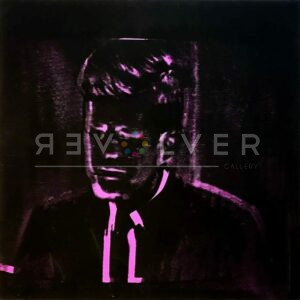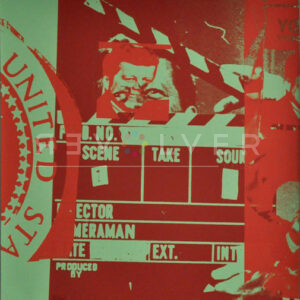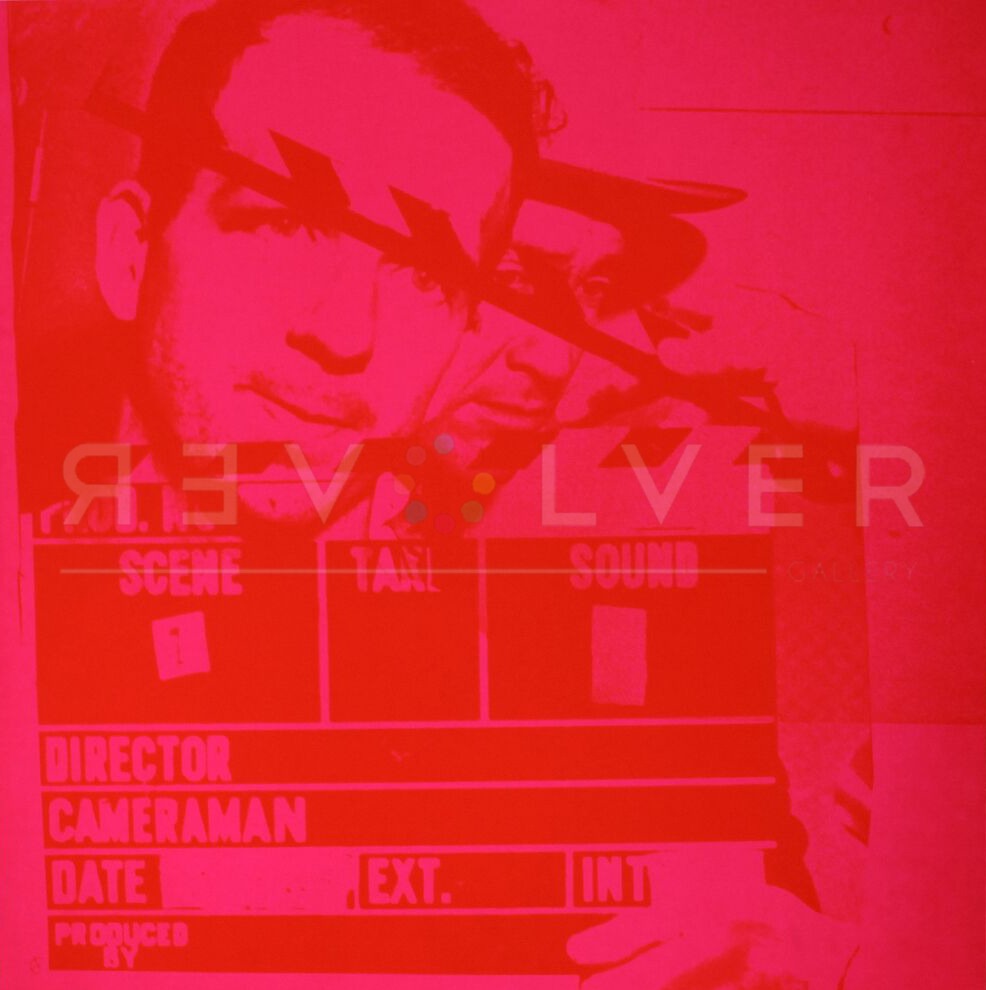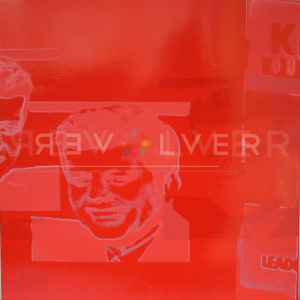Flash 42 by Andy Warhol is one of eleven foreboding prints in the Pop artist’s Flash series from 1968. In this collection, Warhol focuses on the assassination of President John F Kennedy, and the frenzied media coverage that followed. Warhol released Flash just five years after Kennedy’s death, when the tragic event still scarred the nation.
In Flash 42 and other Flash images, Warhol comments on society’s obsession with tragedy, and especially the way the media controls the public’s perception of violent events. Many of Warhol’s works contain a similar theme of death and media, such as his Death and Disaster series and even his Marilyn Monroe prints, (especially his earlier Marilyn works). The “Death” paintings, in which Warhol appropriated images from newspapers and media headlines, are his most macabre works. As a loose collection of paintings, many works from Death and Disaster rank amongst Warhol’s top 10 most valuable paintings ever sold.
For days after Kennedy’s death, media outlets bombarded the American public with repetitive headlines and imagery detailing the tragedy. Flash is appropriately named after the numerous “news flashes” regarding the event, which Warhol used as the basis for the prints. Originally, Warhol presented the prints with accompanying newswire teletype from news sources.
Flash 42 features an inverted picture of President Kennedy’s campaign poster. The former president smiles under patriotic blue and red colors. This print stands out from the more somber images, due to JFK’s iconic smile layered onto the print.
Warhol heard news of the assassination while painting alone in his studio. “I don’t think I missed a stroke,” he said. “I wanted to know what was going on out there, but that was the extent of my reaction… What bothered me was the way the television and radio were programming everybody to feel so sad”. Warhol appeared somewhat removed from the situation. He liked the President, saying “I’d been thrilled about having Kennedy as president; he was handsome, young, and smart,” but the media’s reaction proved to be more depressing for him. The news’ repetitive announcements, which allowed no one to forget about the event, bothered him the most. “It seemed like no matter how hard you tried, you couldn’t get away from the thing” Warhol said.
Andy Warhol often expressed themes of media and repetition in his art. Society’s obsession with both tragedies and celebrities fascinated him. Even five years after the assassination, Warhol felt compelled to express his ideas about the media’s power to instill images and thoughts in the public. He also ruminated on the assassination’s effect on first lady Jackie Kennedy. She is present in many of the Flash images, and Warhol’s series titled Jacqueline Kennedy (Jackie I, II, & III) brings attention to her grief, as well as the media attention she suffered.
Flash 42 and accompanying images reveal Warhol’s ideas about how the media controls the way society views public events. Seemingly, the media wanted Americans to obsess over the tragedy. The Flash series clearly conveys Warhol’s frustration and sadness over his society’s obsession with violence. Similar to works from the Death and Disaster series, Flash is part of the more disturbing region of Warhol’s oeuvre. Flash 42, one of the artist’s most tragic creations, is Warhol at his most meditative and sincere.
Photo credit: Undated headshot of John F. Kennedy, 35th President of the United States. Washington, DC, USA. Photo by White House via CNP.

